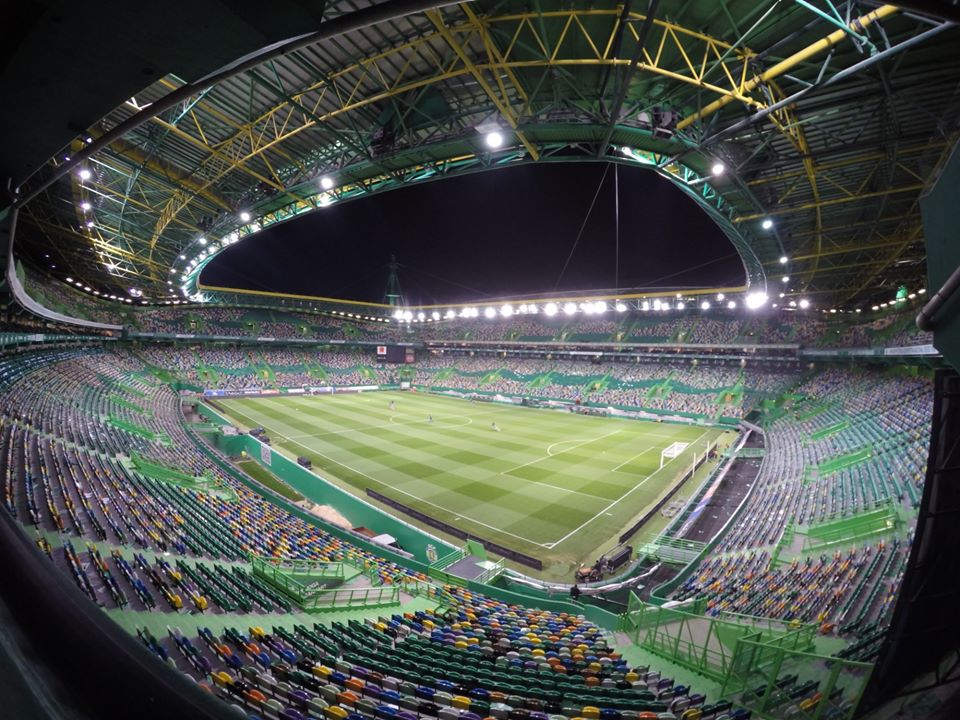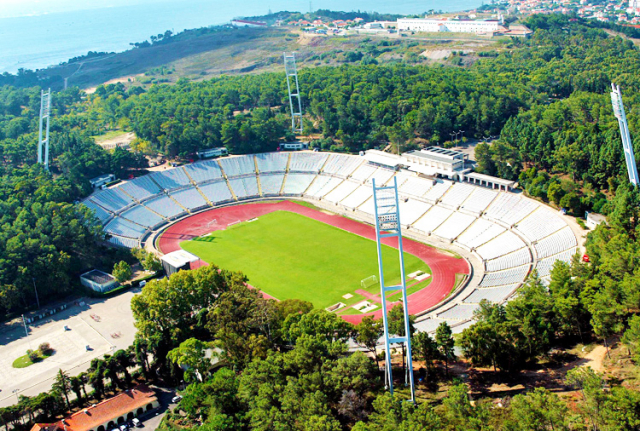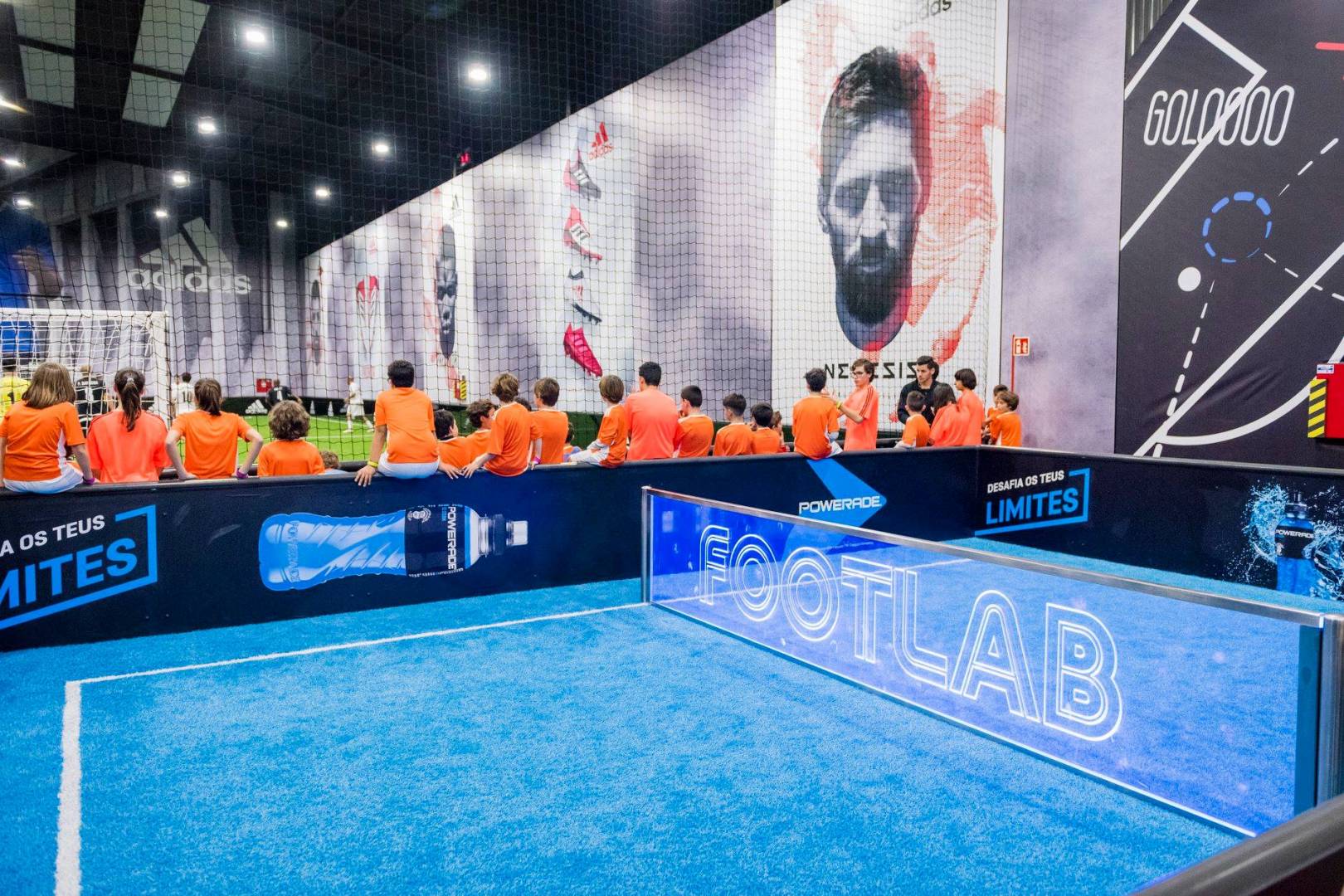An Unmissable Itinerary in Lisbon for Football Fans
Lisbon, the city that saw Cristiano Ronaldo emerge as an international football player, is a dream destination for any fan. Discover the must-see itinerary for those who are passionate about this sport.
If you are “crazy” for football and are coming to Lisbon, you must know there are essential places to visit for those who pass through the Portuguese capital. Some examples are the stadium that forever marked the beginning of Cristiano Ronaldo's international career, or the statue of one of the greatest Portuguese footballers of all time, Eusébio. But there is much more to see and discover. This was the city chosen by UEFA to host an unprecedented Champions League final eight, played in one hand with the matches taking place at the Stadiums of Benfica and Sporting. All About Portugal tells you which points you cannot miss.
Starting point: Stadium of Benfica

We suggest you start at Estádio da Luz, the largest in the country and home to one of the clubs that holds more titles in Portugal, Sport Lisboa e Benfica, whose symbol is the eagle. With a capacity for more than 65 thousand spectators, it stands out for its sobriety, in which concrete mixes with the colour red. It has also played host to decisive games such as the final of the Champions League or the 2004 European Championship. There are guided tours inside the enclosure, but before or after doing so, you have to take a picture next to the statue of Eusébio, one of the greatest players in the history of Portuguese football. Also visit the Cosme Damião Museum, where you can learn more about the history of the club and see the countless trophies won. Combine business with pleasure and enjoy lunch or dinner at the Luz by Chakall restaurant, located in the stadium's premises.
Sporting Clube de Portugal

A few kilometres away is the Estádio José Alvalade, where Sporting Clube de Portugal, Benfica's eternal rival, plays. It was at the opening of this venue in August 2003 that a then unknown Cristiano Ronaldo kicked off a portentous display against Manchester United, which earned him the transfer to the English colossus and paved the way for him to become one of the best in the world. The "green and white" club is proud to have had in its ranks the only two Portuguese footballers who have already won the "Ballon d'Or" (Golden Ball): precisely CR7 and also Luís Figo. The lion is the symbol of the club and is even entitled to ornament a roundabout, located near the stadium and the pavilion. Be sure to also visit the Sporting Museum.
Cristiano Ronaldo fans cannot come to Lisbon and not visit the hotel and restaurant that the star opened in 2016. Located in the “heart” of the city, the Pestana CR7 Hotel and the CR7 Corner Bar & Bistrô present decorative details related to football that will certainly delight you. Not far from there is Marquês de Pombal Square, an iconic place in the city that is “invaded” by euphoric supporters of Benfica and Sporting when their clubs win the Portuguese championship.
On the outskirts of Lisbon...

Another emblematic field that you cannot miss is the National Stadium of Jamor, on the outskirts of Lisbon, where the final of the Taça de Portugal (Portuguese Cup) is usually played. In this area, located in the neighbouring municipality of Oeiras, take the opportunity to stroll and practice outdoor sports. At the Sports Centre of Jamor there is no shortage of activities, from football, tennis, and rugby, archery, golf or mini-golf to an athletics track, climbing area, fitness trail, adventure park, nautical activities track, and swimming pools. For a more relaxing experience, you can simply go on a pedestrian path in this very pleasant park, while the younger ones can play in a play area. Nearby is the City of Football, headquarters of the team that was surprisingly the European Champion in 2016 and which also hosts the headquarters of the Portuguese Football Federation.
Family activities

In turn, Footlab is a space that children, and not only, will love. Located in Carnaxide, it is, according to those responsible, the first football laboratory open to the public worldwide. Characteristics such as power, technique or speed are evaluated. A space not to be missed, especially if you are visiting as a family and where you can also play football.
If you are a fan of Luís Figo, you should know that the former player from Barcelona, Real Madrid and Inter Milan gave its name to several academies spread across the country. The first one to be created, and one of the best-known, is the Escolinha do Figo at Quinta da Marinha, opened in 2011 in Cascais. This space takes, simultaneously, the values of a football school and a theme park. In Estoril, take the opportunity to visit the António Coimbra da Mota Stadium, where Grupo Desportivo Estoril Praia plays, a former Second League club and the first club in the career of Fernando Santos, the coach who guided Portugal to the European Championship.
Do you have the time to travel a little farther? Cross the Vasco da Gama Bridge to the South Bank of the Tejo, and learn more about the first steps of other Portuguese football figures. Start at the Amora Futebol Clube Stadium, where Jorge Jesus began his career as a coach in the then Third League. The experienced coach won three Portuguese championships for Benfica and, more recently, the Brazilian Championship and the Libertadores Cup for Flamengo.
To end this tour on a high note, nothing better than passing through Montijo, where it is not hard to find someone who can tell you some stories about two of the most famous personalities of that city: Paulo Futre and Fernando Mendes. The first was European champion in FC Porto and is still remembered today as one of the best players in the history of Atlético de Madrid. The second is the author of an unparalleled feat in Portugal, being the only one to have played in the five clubs that have already won the Portuguese championship: Sporting, Benfica, Boavista, Belenenses and FC Porto. It's impressive!
Recommended
